Ballarat, Victoria
Ballarat is part of a series of regional towns explored and learnt about on a small group tour for mature and senior travelers into regional Victoria. The program examines the history of the gold rush and the wealth created that enabled the grand houses to her built that we visit. You can read all of the Australia articles published.
21 May 20 · 7 mins read

Ballarat, Victoria
The gold rush town of Ballarat, Victoria played host to one of the most significant events in Australian history – the Eureka Stockade. Today, this elegant regional city boasts some of Australia‘s finest Victorian architecture, fascinating historical museums, and a fantastic collection of fine art.
With a population of 105, 471 people, Ballarat is the third-biggest city in Victoria, and the third-biggest inland city in Australia, after Canberra and Toowoomba, Queensland.
The name Ballarat comes from an Aboriginal phrase meaning ‘resting place’. As the town’s name comes from two words, the name has been spelled as Ballaarat, which was the form adopted by the city council until 1994.io
The traditional owners of the Ballarat land are the the Wathaurong people. The first Europeans to arrive were Scottish settlers, Archibald Buchanan Yuille and William Cross Yuille, who established a sheep station in the area in 1837.
The city developed rapidly after the discovery of rich alluvial gold deposits in 1851. Within days a gold rush developed, bringing thousands of prospectors to the area. Extensive diggings developed in the areas today known as Ballarat East, defined by irregular and curving streets as opposed to the straight grid of the surveyed town centre. Ballarat’s gold fields were noted for their particularly high yields, with the first prospectors extracting between half an ounce and five ounces of alluvial gold per day.
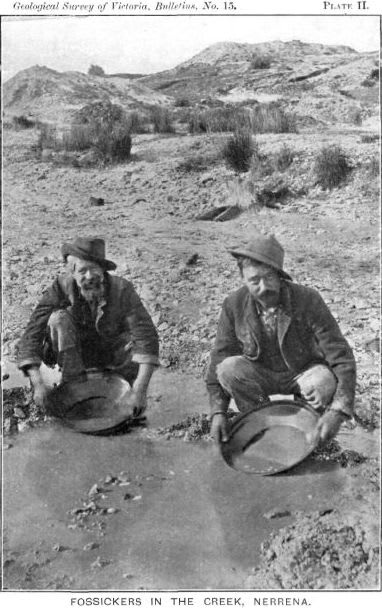
As news of the Australian gold rushes reached the world, Ballarat gained a reputation as a particularly rich source of gold. Immigrants came from around the world – most notably Ireland and China – gathering in a collection of shanty towns around the creeks and hills. In just a few months, the population swelled to over 1,000 people.
Soon after, the city of Ballarat was formally established. The first post office built in a gold rush town arrived in November 1851, and William Urquhart surveyed a grid plan for the city in 1853. The first newspaper, The Banner, arrived in 1853.
The growing city would soon see one of the most important moments in Australia‘s history: the Eureka Stockade. In 1851, the Lieutenant-Governor of Victoria, Charles Joseph La Trobe, had proclaimed Crown rights for all mining proceeds, an a thirty-shilling per month licence fee for prospectors. The fee was a financial hardship for most prospectors (who had to pay whether they struck gold or not), particularly as the easy availability of surface gold began to diminish in 1852. Intrusive and frequent searches further agitated the prospectors.
Beginning in 1853, miners began to gather in ‘monster’ meetings to voice their complaints, and delegations were presented to the state government, which was unreceptive to their requests. Many had been active in the Chartist movement in England or the European revolutions of 1848, and were experienced in political organisation.
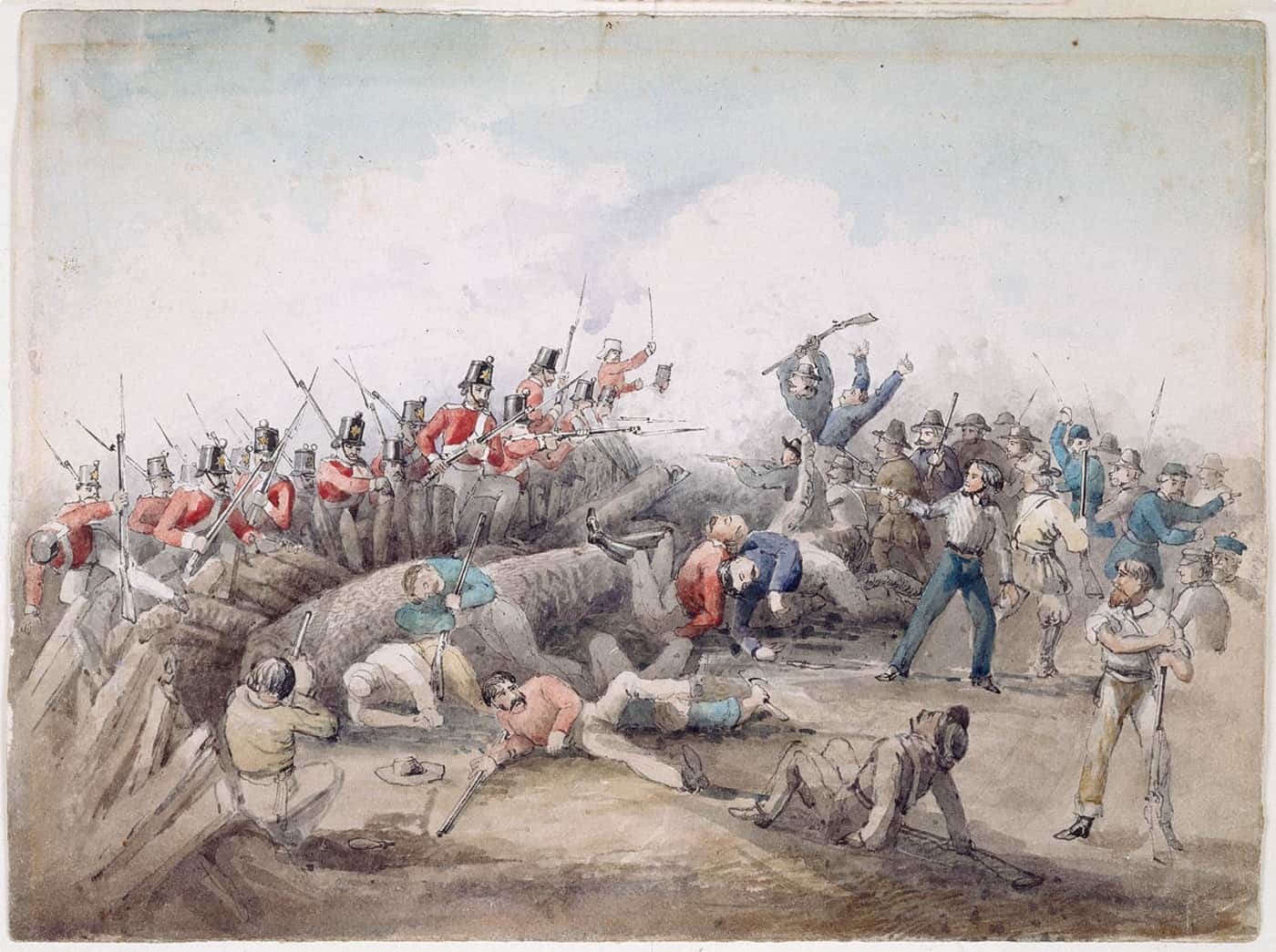
On 29 November 1854, the miners gathered in a mass meeting at Bakery Hill. Led by the charismatic Irishman, Peter Lalor, they swore on the Southern Cross flag – which had only weeks ago been unveiled ‘to stand truly by each other, and fight to defend our rights and liberties’. The company gathered timber and created a stockade on the Eureka mine.
On 3 December, the Commissioner of the Ballarat Goldfields, Robert Rede, called for the police and army to destroy the stockade. On Sunday 3 December, over 300 mounted army and police marched on the protestors. The assault was over in 15 minutes, with twenty deaths – 14 miners (including one woman), and 6 police officers.
In the aftermath, the police arrested and detained 113 of the miners, with 13 going to Melbourne to stand trial. However, popular opinion was on the side of the prospectors. A Commission of Enquiry into the circumstances of the incident removed the licensing fees, and sacked many of the police and gold commissioners, among whom corruption was common.
The Eureka Stockade is commonly seen as the ‘birthplace of democracy in Australia‘, as it paved the way for universal male suffrage in Victoria in 1857. The moment has been claimed by a number of political traditions in Australian life: for some, a revolt of entrepreneurs against burdensome taxation; for others, the birthplace of the Australian labour movement. Others have questioned the importance of the stockade.
Gold transformed Victoria. In the years between 1851 and 1860, the state’s population increased from 76, 000 to 540, 000 – an over seven-fold increase, while Ballarat grew to around 60, 000 people, though many of these were itinerant miners, who moved on as gold findings dwindled. However, a small population of permanent settlers – around 23, 000 – who had built fortunes from gold mining built a prosperous community, with a shift towards deep underground mining.
The legacies of Ballarat’s gold wealth can still be seen today in the city many Victorian buildings: grand public buildings, extensive parks and public recreational areas, and opulent housing, hotels, and restaurants. Though the early 20th century saw the city follow Melbourne and other Australian centres in removing Victorian features such as cast-iron verandahs, the 1970s and onwards have seen an emphasis on preserving Ballarat’s historic architecture.
Things to see:
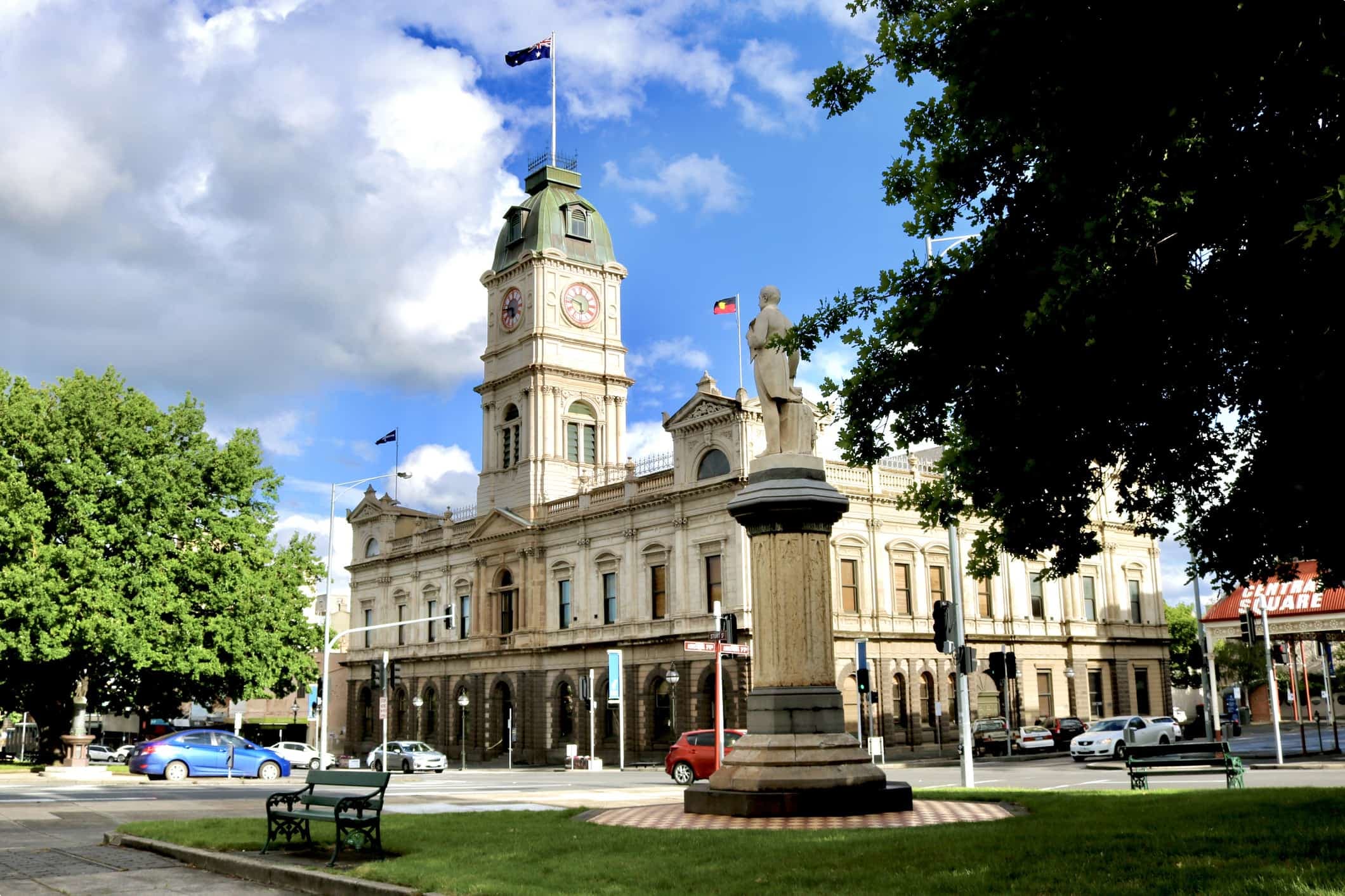
A walking tour around the grand historic architecture of the city centre is a highlight of any visit to Ballarat. The main street, Sturt Street (named after Charles Sturt), is lined with Victorian and Edwardian buildings, particularly between Grenville Street and Pleasant Street, with a central median strip characterised by several statues and monuments. Highlights include Ballarat Town Hall and the (former) Post Office, the second-largest in Victoria. Watch out for the two Sugg Lamps, the only remainders out of a group of twenty purchased by the city in 1881. The two lamps are the oldest of their kind in the world.
Nearby Camp Street also has impressive Victorian buildings, including the former YMCA, a unique Art Nouveau/Queen Anne style civic building built in 1908, and the historic Ballarat Trades Hall.
Lydiard Street is widely regarded as one of Australia‘s best preserved historic streets and is often used as a filming location for film and TV. Highlights include the Ballarat Gaol (1857), School of Mines (1870), and Craig’s Royal Hotel (built 1857 – 1890), an iconic gold rush hotel which has played host to celebrity guests including Prince Alfred (Prince Victoria‘s second son), Mark Twain, and Dame Nellie Melba. The hotel remains open today, and has a restaurant, cafe, wine bar, and high tea rooms open to the public. Her Majesty’s Theatre is the most intact of the remaining Victorian theatres in Australia, and is still open for concerts and live shows.
Ballarat is also home to one of regional Australia‘s most impressive art galleries, the Ballarat Art Gallery. Established in 1884, it is Australia‘s largest and oldest provincial art gallery. The collection covers the history of Australian art from colonial to contemporary, and includes substantial collections of works from the Heidelberg School and the Lindsay family. The collection includes works by Sidney Nolan, Arthur Boyd, and Arthur Streeton among others, and also plays host to rotating exhibitions.
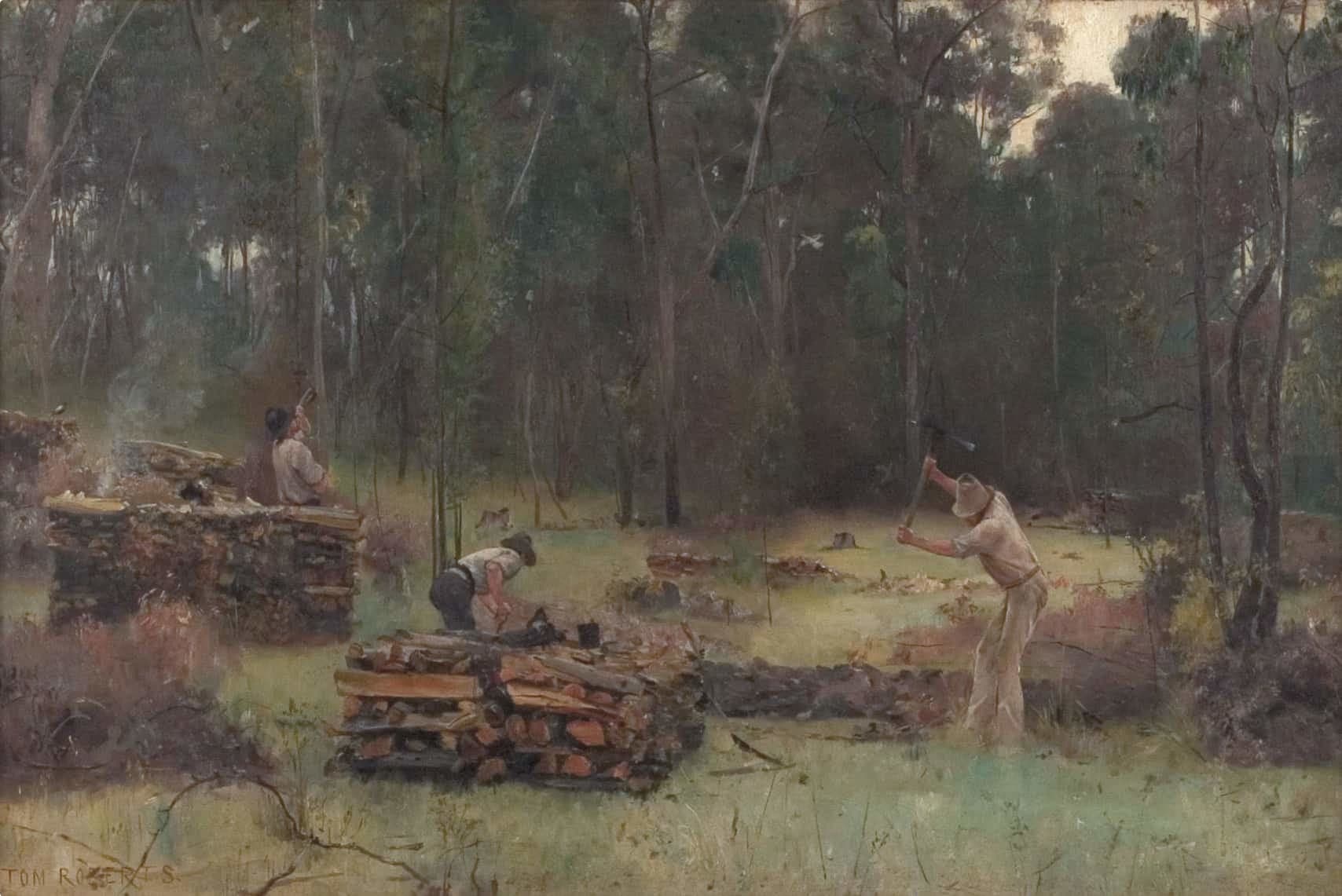
The city also offers a number of opportunities to explore the history of the gold rushes and the Eureka Stockade. Sovereign Hill, established in 1970, is a huge open-air museum established near the site of the first gold strike at Ballarat and on the site of the Sovereign Quartz Mining Company. A living museum, it aims to bring the Gold Rush to life through a strictly accurate recreation of a mining township, with diggings, underground mines, shops, hotels, schools and dwellings. Costumed actors show how life was lived in the 1850s, demonstrating authentic technologies and social attitudes. The museum experience is complimented by AURA, an evening sound-and-light show telling the story of the Eureka Stockade, and the more conventional displays of the Gold Museum, containing over 150, 000 gold coins and historic objects.
Located at the site of the Eureka Stockade and surrounded by the Eureka Memorial Gardens, the Eureka Centre brings to life the stories of the men and women who fought for miner’s rights. The centre is home to the original Eureka flag, one of the most important cultural objects in Australian history.
Ballarat is also gifted with extensive parklands, including the manmade reservoir of Lake Wendouree and the Ballarat Botanical Gardens, regarded as one of the finest cool climate gardens in the country. The Ballarat Wildlife Park is a 16 acre expanse of peppermint gum woodland, home to native animals including koalas, giant tortoises, wombats, Tasmanian devils, and over 100 kangaroos.
Odyssey Traveller visits Ballarat as part of our new tour of Victoria. Beginning in Melbourne, the world’s most liveable city, we explore the historic architecture of the city, before visiting some of Melbourne‘s stunning historic houses: Waller House, Como House and Garden, and Rippon Lea.
After two nights in Melbourne, our tour heads into regional Victoria. We head to Ballarat, stopping on the way to visit Werribee Park, an elaborate Italianate mansion surrounded by gardens. From Ballarat, we explore the goldfields further, heading to the quaint town of Castlemaine. On the way, we stop in at the spa towns of Daylesford and Hepburn Springs. From Castlemaine we also make a day tour to the gold rush town of Maldon, where we enjoy a guided tour of a 1880s gold mine.
From Castlemaine we head to the town of Echuca, on the banks of the Murray River. On the way we make a day trip to the gold rush city of Bendigo, where we enjoy a guided walking tour of its 19th century heritage architecture. In Echuca, we enjoy a Murray River cruise, and a visit to the ecologically important wetlands of the Barmah Forest. From Echuca, the trip heads to the historic towns of Chiltern and Beechworth, stopping for a wine tour of the All Saints Winery on the way. The tour then heads to Benalla, home to an important regional art gallery, and Yarra Glen, in the Yarra Valley. Finally, our tour of regional Victoria returns to Melbourne.
Every Odyssey Traveller private tour is designed especially for mature and senior travellers who want an in-depth experience of their destination. Our tours focus on history, culture, and the sense of place. We are guided by an experienced tour operator/tour guide, who provides detailed information prior to the tour, and are joined on the way by local guides. Our trip price includes accommodation, entrance fees for attractions, and several meals, ranging from lunch to dinner to morning tea.
Our tours are designed for a range of fitness and health levels. Click here for more information, and please call or email for a consultation regarding your particular health issues.
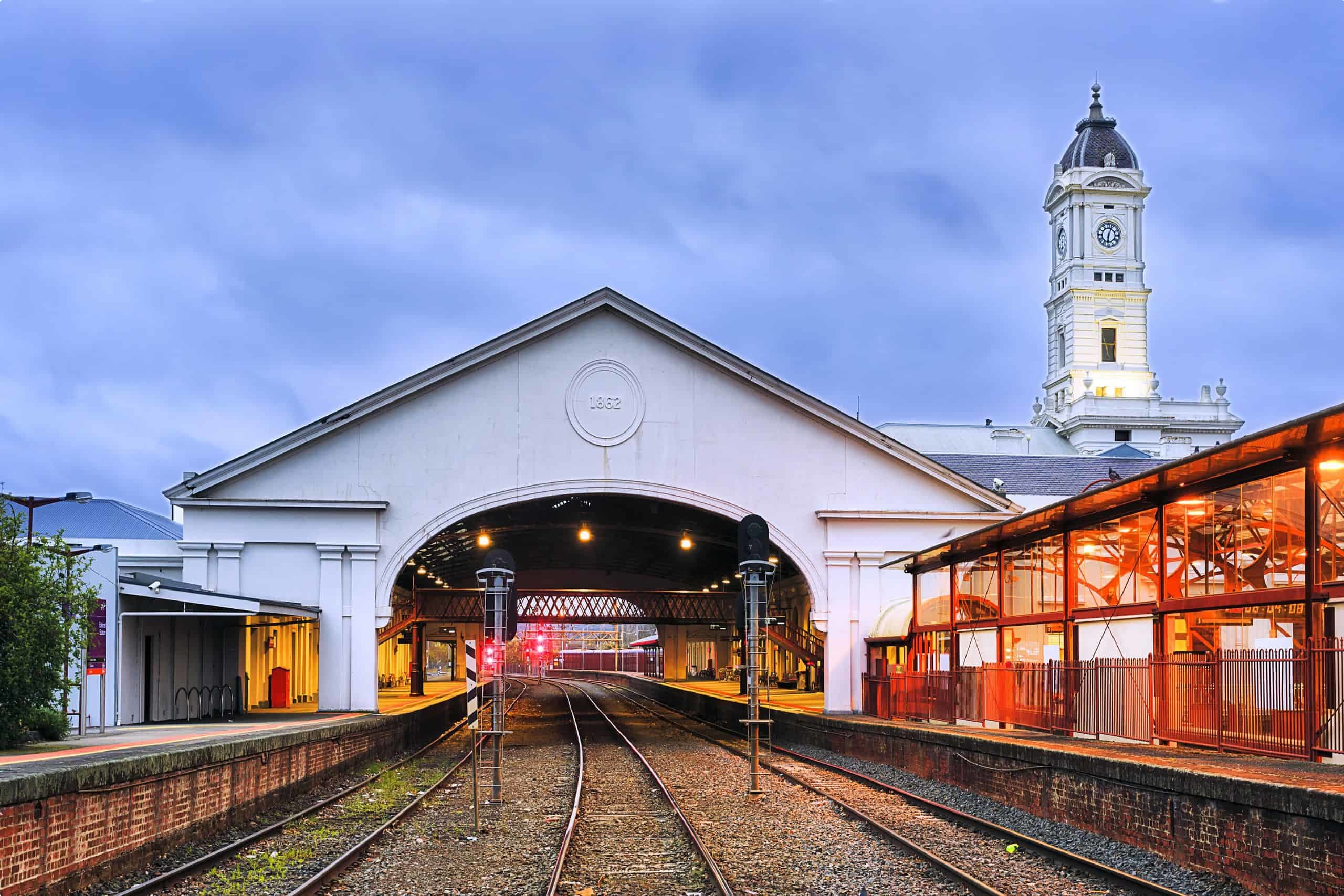
Articles about Australia published by Odyssey Traveller:
For all the articles Odyssey Traveller has published for mature aged and senior travellers, click through on this link.
External articles to assist you on your visit to Victoria:
Selected small group package tours

days
Mar, May, Aug, Oct, Jan +1Small group tour of Victoria for Senior travellers
Visiting Victoria
This 16 day escorted small group tour of Victoria for the senior or mature traveller who enjoys learning whether as a couple or solo traveller explores an area of central Victoria that is rich in historic houses, gorgeous gardens and some amazing art.
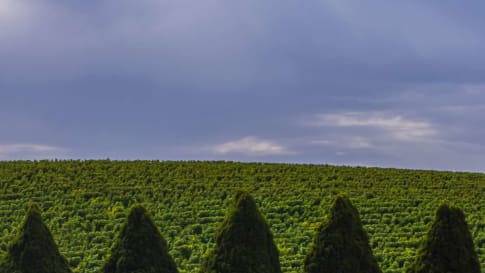
days
May, Aug, Sep, Oct, Nov +3Small group holidays to Adelaide and surrounds
Visiting South Australia
Explore and learn about on a small group tour of Adelaide city and its pastoral, cultural and historic settlement. Visit Fleurieu Peninsula, the Barossa valley, learn about William Morris and the arts and craft movement in the Art gallery and National trust houses.
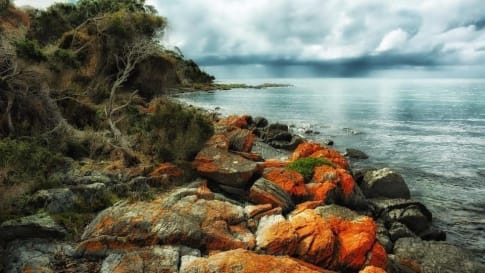
19 days
Mar, Nov, FebDiscovering Tasmania’s Wildlife
Visiting Tasmania
Small group tour of up to 15 mature and seniors travellers visiting and learning about Tasmania's wildlife and history. Visit Maria Island, Freycinet peninsula, Cradle Mountain, Strahan, Lake St Clair and Bruny Island over 16 days.
From A$11,450 AUD
View Tour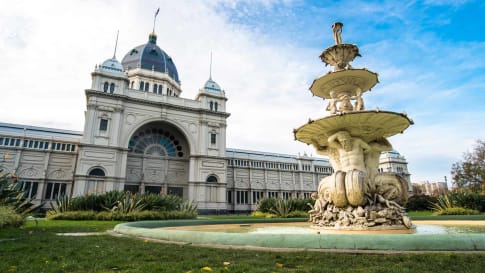
days
Feb, Mar, Apr, May, Aug +3Small group tour of Melbourne
Visiting Victoria
Explore and learn about the Victorian history of Melbourne over a week. For the senior traveller, a small group tour holiday package to Melbourne city, limited to 12 travellers.
Articles

Arcades of Melbourne, Victoria
Learn about the Melbourne arcades from the bygone era of Victorian wealth, fashioned after the arcades of Paris. This small group tour to Melbourne for mature and senior travellers.

Bendigo, Victoria
Bendigo is part of a collection of regional Victorian centres explored on this regional tour of Victoria. Bendigo's wealth was created by gold. This small group tour for mature and senior travellers explores this theme and the houses built, many now National trust properties from this period. This article is one of many prepared by Odyssey about Australia.

Benalla, Victoria
Learn about Benalla, part of a collection of articles about Victoria. You can learn more on a small group package tour for mature and senior travelers, couples or singles interested in the history of Victoria and Melbourne. Since 1983 we have been offering educational style touring to seniors.
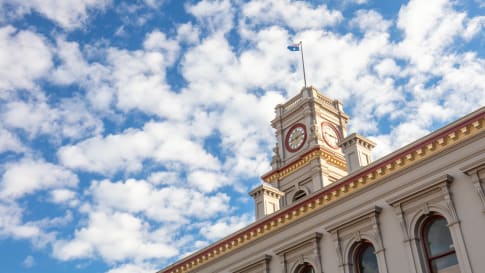
Castlemaine, Victoria
Castlemaine is part of our Victoria small group package tour into the region following the gold rush. Structured as a small group tour for mature and senior travellers, couples and singles. This program is part of a collection of tours of Australia focussed on History, wildlife and landscape.
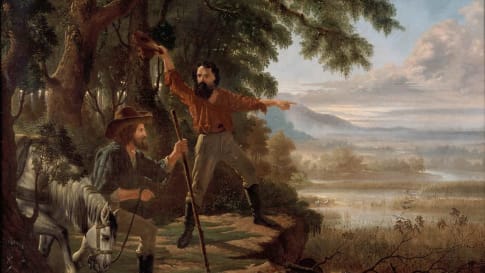
The Burke and Wills Expedition, 1860-61
Learn on a small group tour of central Australia for active mature or senior travellers from Broken hill about Burke and Wills ambitious expedition. Suitable for mature aged couples or solo travellers.

Victorian architecture of central Melbourne, Australia
Melbourne is one of our two, week long city explorer programs. The other program being Adelaide. These are small group tours for mature and senior travellers, couples and singles interested in Colonial history of the two centuries. They form part of a collection of Australian learning tours.



